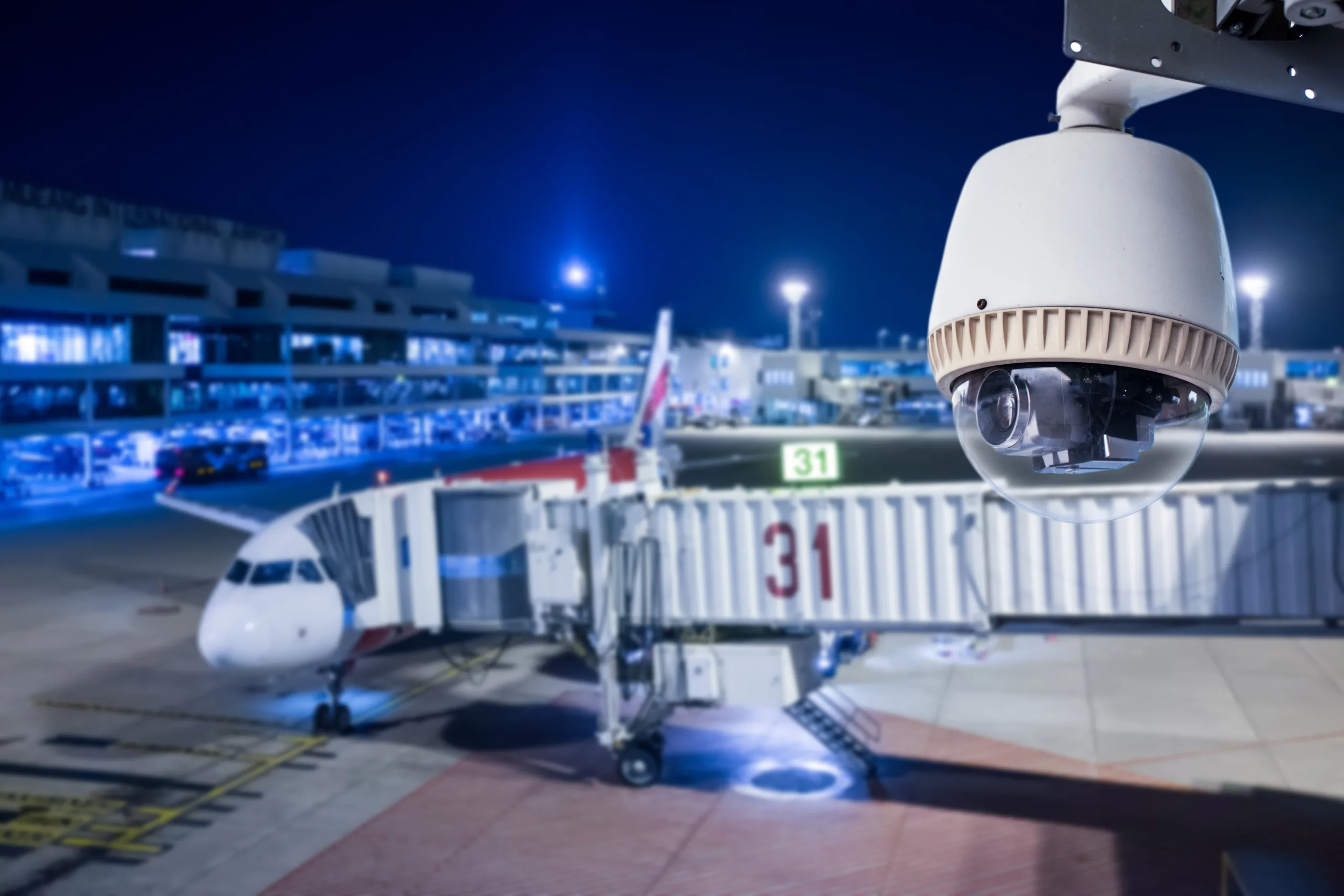Critical infrastructure is a fancy way to describe the facilities that make the world go round. They are the backbone of our nation; they keep us safe, fed, healthy, and connected. It’s a hot topic, especially in the United States, as there is a growing push to build domestic control over these crucial operations. But what do we truly know about this market? We did most of the grunt work and put together four things you likely didn’t know about critical infrastructure.
1) It’s A Big Market (Like, Really Big)
The United States government outlines 16 sectors of critical infrastructure. Without further ado, here they are in alphabetical order: chemical, commercial facilities, communications, critical manufacturing, dams, defense industrial base, emergency services, energy, financial services, food and agricultural, government services and facilities, healthcare and public health, information technology, nuclear reactors, materials, and waste, transportation systems, and finally water and wastewater systems. (We may soon see data centers added to that list!) The work done by critical infrastructure operations are so vital to our daily lives that any disruption would have very big consequences and that is why finding a way to help them stay secure and protected is top of mind.
2) It’s Mostly Private
According to the Cybersecurity and Infrastructure Security Agency, it’s estimated that in the United States, more than 80 percent of the critical infrastructure market is privately owned. What does this mean for operations? Like a lot of other markets, it means that while there are government guidelines and regulations, these organizations are left to figure out a lot for themselves, including how to keep their properties, assets, and people safe. Because of the nature of what these organizations provide, strong collaboration between private companies and government agencies is common.
3) Many Have Outgrown Their Technology
Many critical infrastructure facilities in the United States were built decades ago, leaving them with aging hardware, outdated legacy software, and little to no integrations. Long story short, they weren’t built for everything we are dealing with in 2024. Since downtime for essential operations isn’t an option, leaders are searching for better solutions to move forward.
4) A Safer Tomorrow Starts with Investments Today
As threats continue to grow, crucial infrastructure operations are looking for ways to ensure a safer future. This starts with identifying gaps in their current security solutions and filling in their needs. Decision makers should be looking for ways to:
- Integrate their devices to gain intelligent, correlated data
- Fuse IT and traditional security to gain new insights into risks.
- Increase intelligence and simplify data mining with layered analytics.
- Ensure a proactive approach to security operations.
There’s much to learn about what goes on behind closed doors at critical operation facilities, but what we know is they’re absolutely vital to our daily lives and need to be protected.




